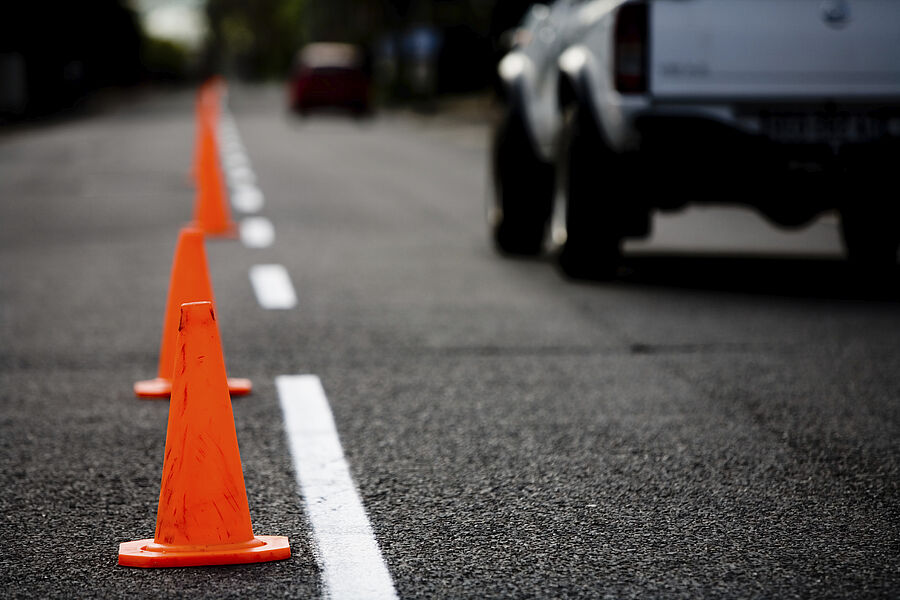Automated classification of road safety barriers from high‐speed roadside inspections
Road safety barriers, i.e. steel or concrete barriers, also referred to as Vehicle Restraint Systems (VRS), are key road infrastructure elements contributing to roadside safety by preventing errant vehicles from colliding with hazardous objects (trees, bridge pillars, abutments etc.) in the verge.
Although there is a huge variety of different systems and manufacturers in the market, VRS usually need type approval from National Road Authorities (NRAs). Approved systems and their respective characteristics/attributes are usually stored in centralized and publicly available registers. Alone in Germany, Austria and Switzerland (D-A-CH region) there are more than 300 different VRS types. Although NRAs repeatedly communicate the need for high-precision data in the fields of traffic safety and roadside asset management, most VRS installations do not exist as digitally mapped assets.
The Idea is to deploy high-performance mobile laboratories on motorways at travel speeds up to 70 km/h to identify, classify and evaluate different VRS based on visually detectable attributes. To characterize the geometry and appearance of safety barrier segments, a complementary sensory setup generating depth data and colour images will be used. For this purpose, we will use high-resolution stereo depth mapping to characterize near-range objects (road barriers), while laser scanning will target the immediate environment of the barrier and beyond (terrain, obstacles).
We use the concept of time-incremental structural fitting of a deformable linear structure (linked pair of deformable cubic Hermite-splines) to measurements (semantically-labelled map and depth data) within an observation window. Note that the employed structural model will be selected on-the-fly from a codebook (library) of shape models (e.g. one or multiple spline-pairs). Furthermore, the fitting process will allow for a distance-dependent scaling, thus the survey vehicle does not have to maintain a strictly constant distance with respect to the road barrier structure. AIT’s established real-time model-based rail fitting scheme will be used for collision detection within a tramway assistance system (Bombardier-AIT joint development). This concept will be re-used and adapted for the task of road boundary structure detection and tracking.
Funded by the Federal Ministry for Climate Protection, Environment, Energy, Mobility, Innovation and Technology (BMK) and the Austrian Research Promotion Agency (FFG) as part of Eurostars-2/Road Transport Technology.



